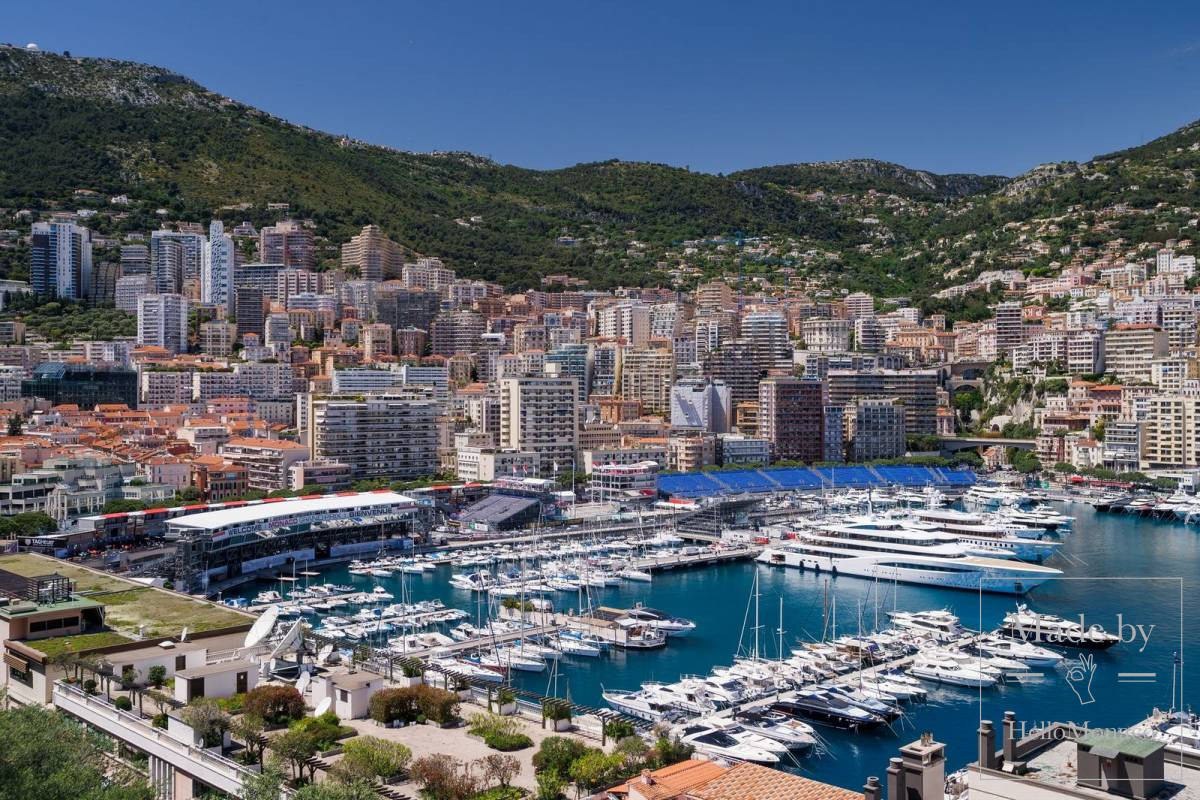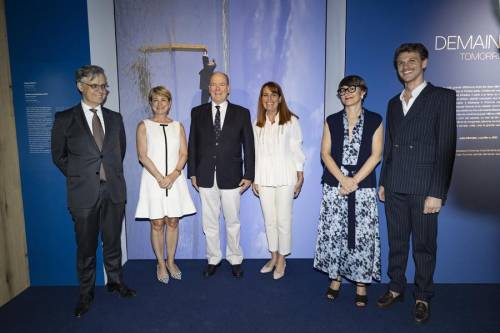Materials for the Seafront Extension’s embankment are currently being produced in Châteauneuf-les-Martigues, in the Bouches-du-Rhône region. They will be used to create a foundation for the 18 caissons, which are currently being manufactured in Marseilles. Over 1.5 million tonnes of rock are being extracted from the quarry to create the embankment.
Christophe Hirsinger, Director of Major Projects at Bouygues Public Works, says it will take about 5 months to finish the embankment. The bank will then be vibrated to compact it to Maritime Standards.
Work on the bank began with geological explorations. After the right site was found, controlled explosions loosen the large rocks. The rocks are then put into a machine called a Crusher. The Crusher reduces the large rocks into small stones which are suitable to work with. The Monaco Seafront Extension bank must be created with stones that are between 20 and 180 mm in diameter. The crushing operation also permits the extraction of mud, sand and gravel.
A number of studies were needed to come up with the granular diameter number of 180 mm, which will guarantee a strong foundation in Monaco’s seabed. Guillaume Robe, Superviser at Bouygues Works TP, said the 180 mm stones are up to technical specifications, are clean and clay-free. The highly calibrated Granularity is necessary so the bank withstands time, densification and the heavy caissons.
The stones are then dumped through a large funnel and onto a conveyor belt which transports them to a temporary facility which washes the stones, limiting their impact on the environment. 7 kilometres of piping were installed to supply the entire site with water.
Once the stones are washed, they are put into trucks. 44 trucks are working in rotation, each one transports 30 tonnes of crushed stone to Fos-sur-mer, about 50 kilometres from Châteauneuf-les-Martigues. 12,000 tonnes of crushed stone arrive on the platform every day. They are then screened and washed a second time. Samples are then taken to a laboratory which tests the stones, making sure they are the right size and quality, to ensure the stability of the embankment.
The stones have to respond to quality inspections every step of the way. Samples are dried at 110 degrees for four hours to test their durability. Once the stones pass inspection, they are transported on the Simon Stevin, a 200-metre long ship, with 50 crew members and a 30,000 tonne load capacity. It’s the largest ship in the entire Seafront Extension Project operation.
The last step is bringing the enormous loads directly to Monaco. The Simon Stevin travels between Fos-sur-Mer and the Principality at the average speed of one round trip every three days, as it takes 20 hours to load the ship and 14-16 hours to travel between the two sites. It will take 50 round trips to transport all the stones needed for the embankment. The first caissons will arrive in July 2018.








